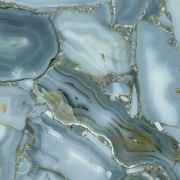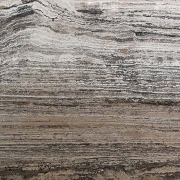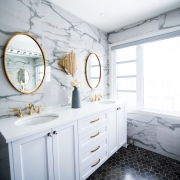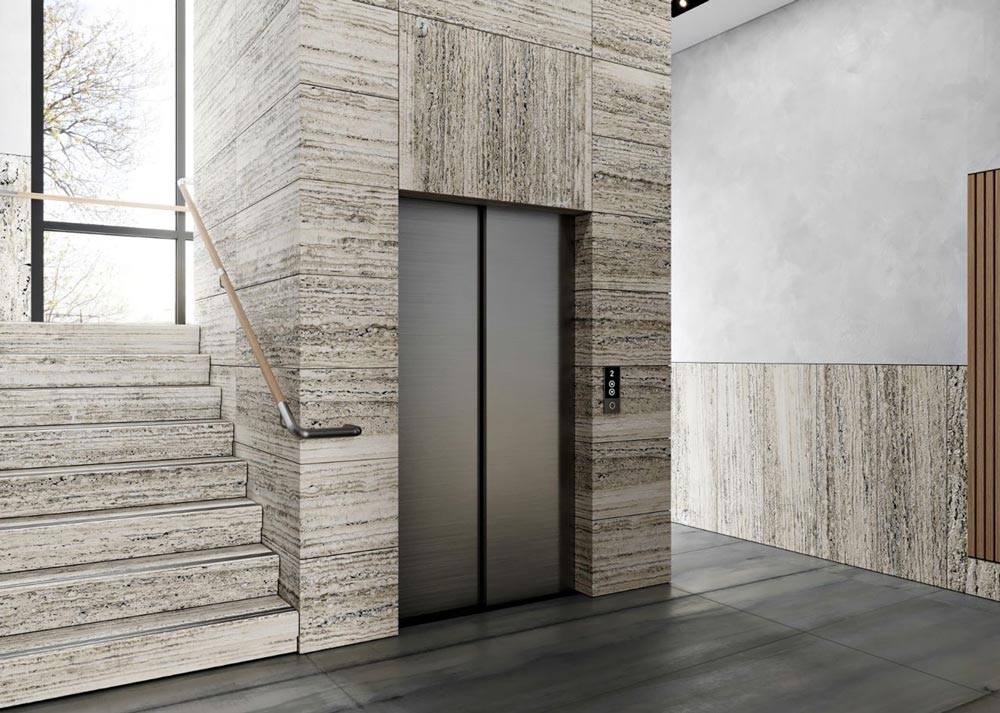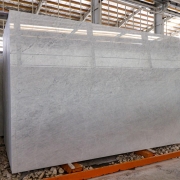A Comprehensive Guide to Buying Building Stone: Ensuring a Successful Purchase
Choosing the right building stone is essential when embarking on a construction or renovation project. From enhancing the aesthetic appeal to ensuring durability, every aspect matters. However, with so many options available, it’s important to keep several key points in mind to make a successful purchase. Let’s delve into this comprehensive guide to buying building stone and avoid any potential pitfalls.
Unique Features:
When selecting building stone, pay close attention to its unique features that impact its overall appearance and functionality. Consider factors such as color, texture, and durability. The stone’s color should harmonize with the surrounding environment, while its texture should match the desired aesthetic and provide the necessary slip resistance. Additionally, assessing durability is crucial, especially for areas prone to extreme weather conditions or heavy foot traffic.
Installation Location:
Another vital consideration is the installation location. Evaluate whether the stone is suitable for the specific region’s climate and environment. Some stones may be more susceptible to weathering or staining, while others may offer superior resistance. Matching your stone to the environment will ensure optimal performance and longevity.
Proper Installation:
Even the highest-quality stone will fail to reach its potential without proper installation. It’s crucial to hire skilled professionals who understand the installation process and follow industry standards. Correct installation techniques are vital for stability, durability, and aesthetics. Not only will this prevent future issues, but it will also ensure your stone maintains its original beauty for years to come.
Consistency:
Consistency plays a vital role in the overall appeal of your project. When purchasing building stone, ensure that it originates from a single block. This will
guarantee a uniform color and texture throughout the installation. A lack of consistency may create a disjointed appearance, detracting from the intended design. Request necessary documentation from the supplier to ensure the stone’s authenticity.
Finishing:
The finishing of the stone is more than aesthetics; it is a reflection of quality. Look for high-quality finishing that adheres to industry standards regarding thickness and cutting. Properly finished stone not only enhances appearance but also ensures easy maintenance and long-lasting performance. From polished to honed finishes, choose one that suits your project’s requirements and vision.
UV Resistance:
If your stone will be exposed to sunlight, consider its UV resistance. Continuous exposure to UV rays can alter the stone’s original color and appearance over time. To prevent unsightly changes, opt for stones with proven UV resistance. Consult with the supplier or stone professional to identify the best options for your specific project.
FAQ:
- How do I choose the right color for my building stone?
– Consider harmonizing the stone’s color with the surrounding environment. Take into account the desired aesthetic and the overall look you want to achieve.
- What texture should I look for in building stone?
– The texture should match the desired aesthetic and provide the necessary slip resistance. Consider the surface finish, such as rough, smooth, or honed, based on your project’s requirements.
- How can I ensure the durability of my building stone?
– Assess the stone’s durability by considering factors such as weather resistance, impact resistance, and resistance to stains and chemicals. Consult with suppliers or stone professionals to determine the most suitable options for your project.
- Should I hire professionals for the installation of building stone?
– Yes, it is crucial to hire skilled professionals who understand the proper installation techniques. They will ensure the stability, durability, and aesthetics of the stone, preventing future issues.
- What does consistency mean in building stone?
– Consistency refers to the uniformity in color and texture throughout the installation. It ensures a cohesive and seamless appearance, enhancing the overall design of your project.
- What finishing options are available for building stone?
– There are various finishing options available, such as polished, honed, brushed, or natural. Choose a finish that suits your project’s requirements and vision.
- How can I prevent UV damage to my building stone?
– Look for building stones with proven UV resistance. Consult with suppliers or stone professionals to identify the best options for your specific project. Additionally, consider providing shade or protective coatings to minimize UV exposure.
Selecting the right building stone can make a significant difference in the success of your construction or renovation project. By considering unique features, installation location, proper installation techniques, consistency, finishing, and UV resistance, you ensure a purchase that aligns with your goals and expectations. Remember, it’s crucial to work with reliable suppliers and professionals who can provide the necessary guidance and expertise. With these essential factors in mind, you’ll be well-equipped to achieve a remarkable and enduring finish for your project.

